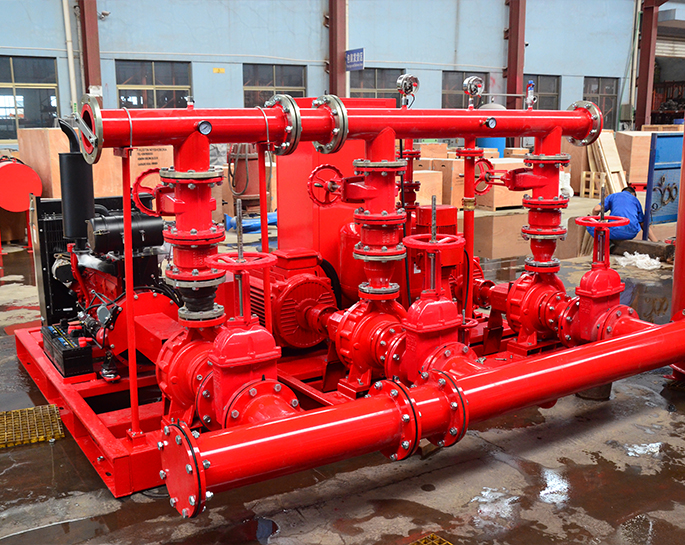How to debug the fire pump correctly?
May 11, 2023
Share:
Debugging a fire pump correctly can greatly improve the performance of the system, making it more reliable and efficient in the event of a fire. Fire pumps are a critical component of fire protection systems, supplying water to areas of the building that may not be accessible by the main water supply. Proper debugging is essential to ensure the fire pump is functioning correctly and is ready to use in an emergency.
The first step in debugging a fire pump is to check the power source. Make sure the pump has a clean, continuous power supply and has the correct voltage. It is also important to check the wiring of the pump and make sure all connections are secure and tight. The pump should also be tested to ensure it is operating correctly and is not over-heating.
The next step in debugging a fire pump is to inspect the components of the system. Inspect all hoses, nozzles, and valves for any signs of wear or damage. Make sure all hoses are securely attached to the pump and all valves are operating properly. Make sure all connections are tight and secure, and all fittings are tightly sealed.
After inspecting the components, it is important to check the operation of the pump. Make sure the pump is able to start and stop correctly, and that the water pressure is consistent. Test the pump’s ability to maintain the required pressure, and check the operation of the pump’s controls.
After inspecting and testing the fire pump, it is important to document the results. Make sure to record the results of all tests, including the voltage, pressure, and any other observations. Documenting the debugging process will help ensure the fire pump is properly maintained and ready for use in an emergency. Debugging a fire pump correctly is essential for the safety and reliability of the system.

The first step in debugging a fire pump is to check the power source. Make sure the pump has a clean, continuous power supply and has the correct voltage. It is also important to check the wiring of the pump and make sure all connections are secure and tight. The pump should also be tested to ensure it is operating correctly and is not over-heating.
The next step in debugging a fire pump is to inspect the components of the system. Inspect all hoses, nozzles, and valves for any signs of wear or damage. Make sure all hoses are securely attached to the pump and all valves are operating properly. Make sure all connections are tight and secure, and all fittings are tightly sealed.
After inspecting the components, it is important to check the operation of the pump. Make sure the pump is able to start and stop correctly, and that the water pressure is consistent. Test the pump’s ability to maintain the required pressure, and check the operation of the pump’s controls.
After inspecting and testing the fire pump, it is important to document the results. Make sure to record the results of all tests, including the voltage, pressure, and any other observations. Documenting the debugging process will help ensure the fire pump is properly maintained and ready for use in an emergency. Debugging a fire pump correctly is essential for the safety and reliability of the system.







